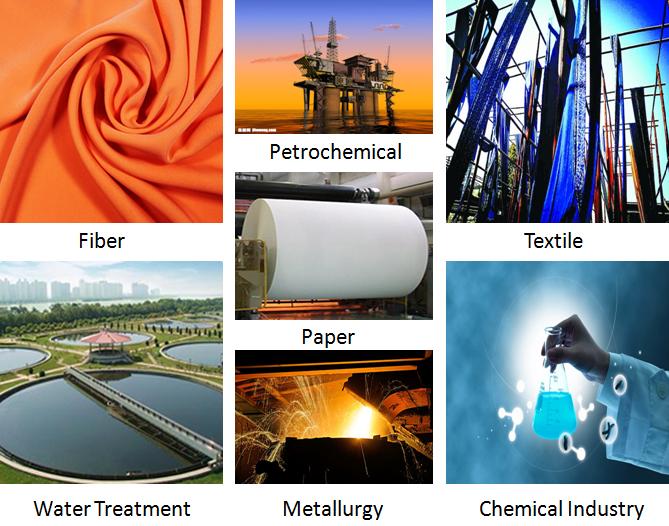1. Caustic Soda Flakes Cas No: 1310-73-2
Sodium hydroxide is widely used. The sector that uses sodium hydroxide most is the manufacturing of chemicals, followed by paper making, aluminum smelting, tungsten smelting, rayon, rayon and soap manufacturing. In addition, in the production of dyes, plastics, pharmaceuticals and organic intermediates, the regeneration of old rubber, the electrolysis of metal sodium and water, and the production of inorganic salts, the production of borax, chromate, manganate, phosphate, etc., also requires the use of a large amount of caustic soda. At the same time, sodium hydroxide is one of the important raw materials for producing polycarbonate, super absorbent polymer, zeolite, epoxy resin, sodium phosphate, sodium sulfite and a large amount of sodium salt. In the overview of sodium hydroxide, we mentioned that sodium hydroxide is widely used in chemical industry, metallurgy, paper making, petroleum, textile, food and even cosmetics cream.
2. Process method:
Using in technology of pot method to produce caustic soda which could increase the content of NaCl in the caustic soda flakes.
3. Property:
Sodium hydroxide has strong alkalinity and strong hygroscopicity. It is easily soluble in water and exothermic when dissolved. The aqueous solution is alkaline and has a slippery feel; it is extremely corrosive and corrosive to fibers, skin, glass, ceramics, etc. It reacts with metallic aluminum and zinc, non-metallic boron and silicon to release hydrogen; reacts with halogens such as chlorine, bromine, iodine, etc.; disproportionates; reacts with acids to neutralize salt and water.
4. Storage:
Sodium hydroxide should be stored in a cool, dry and well-ventilated warehouse. Keep away from fire and heat sources. The storage temperature does not exceed 35℃, and the relative humidity does not exceed 80%. The packaging must be sealed and protected from moisture. It should be stored separately from easily (combustible) combustibles, acids, etc., and avoid mixed storage. The storage area should be equipped with suitable materials to contain the leakage

